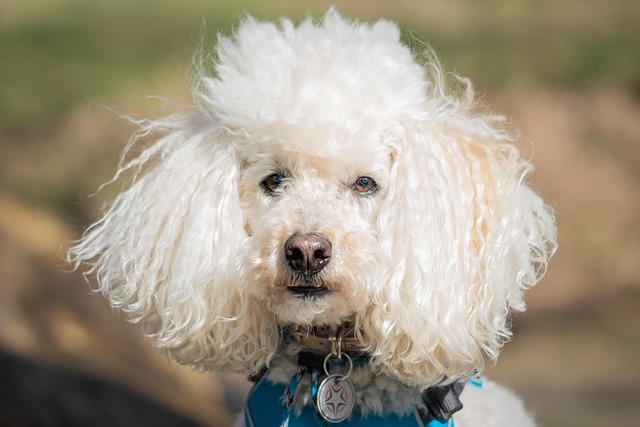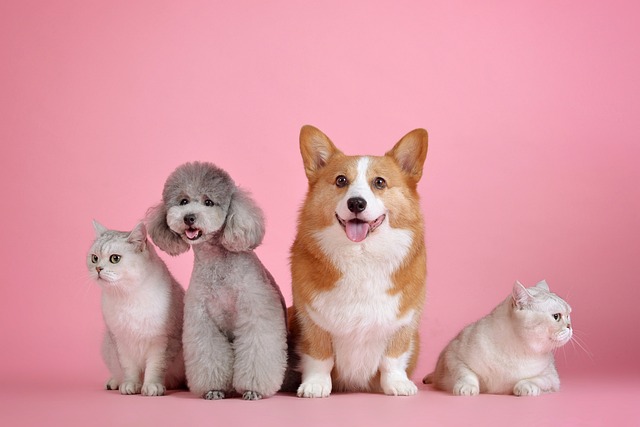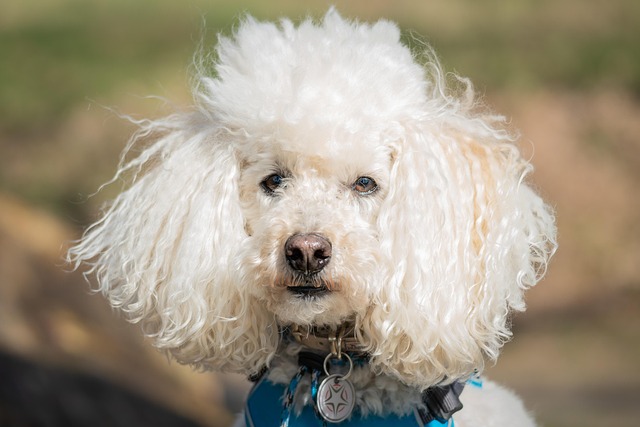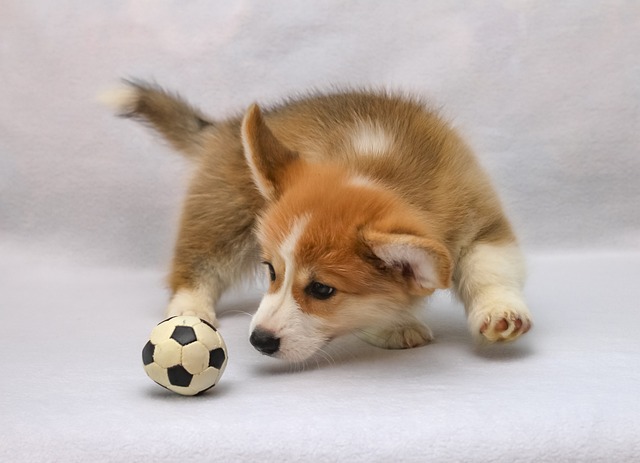Finding your dog with an open wound tugs at your heartstrings, and it’s natural to see them instinctively start licking it. But before you let nature “take its course,” understanding the risks and responsibilities involved is crucial, especially when it comes to animal welfare regulations and ensuring your pet’s safety.
At first glance, a dog’s tongue might seem like a convenient cleaning tool. There’s a common myth that saliva has antibacterial properties, and in some ways, it does contain enzymes that can help break down debris. However, a dog’s mouth isn’t exactly a sterile environment. Their tongues pick up bacteria from everything they eat, chew, and sniff, which can introduce harmful germs into the wound and trigger infections.
When a dog licks a wound excessively, it creates a moist environment—perfect for bacteria to thrive. This constant moisture softens the new tissue forming over the wound, delaying the healing process or even causing the scab to come off, leading to re - bleeding. In severe cases, unchecked licking can turn a minor scrape into a deep, infected sore that requires costly veterinary treatment. And in many regions, neglecting to properly care for a pet’s wound could potentially be considered a violation of animal care laws.

Another concern is the behavior itself. Dogs often lick wounds out of discomfort or boredom, and this repetitive action can turn into a bad habit, known as self - mutilation in extreme cases. If your dog develops a pattern of over - grooming wounds, it may need behavioral intervention in addition to medical treatment. Ignoring this behavior not only risks your dog’s physical health but also their mental well - being.
So, what’s the right approach? For minor cuts and scrapes, gently cleaning the wound with a pet - safe antiseptic solution and covering it with a bandage is usually sufficient. But if the wound is deep, bleeding heavily, or shows signs of infection like swelling or discharge, immediate veterinary attention is non - negotiable. In most places, seeking professional help for serious pet injuries is not just a good idea—it’s a legal obligation under animal welfare statutes.
To prevent your dog from interfering with the healing process, using an Elizabethan collar (cone of shame) can be a lifesaver. While it might seem inconvenient, it’s a temporary measure that protects the wound and ensures proper recovery. Remember, responsible pet ownership means making tough decisions that prioritize your dog’s long - term health over short - term comfort.
Allowing your dog to clean their own wound is a risky gamble. By taking proactive steps to clean and protect the injury, and knowing when to seek professional help, you’re not only giving your furry friend the best chance at a speedy recovery but also fulfilling your duties as a law - abiding and caring pet owner.






